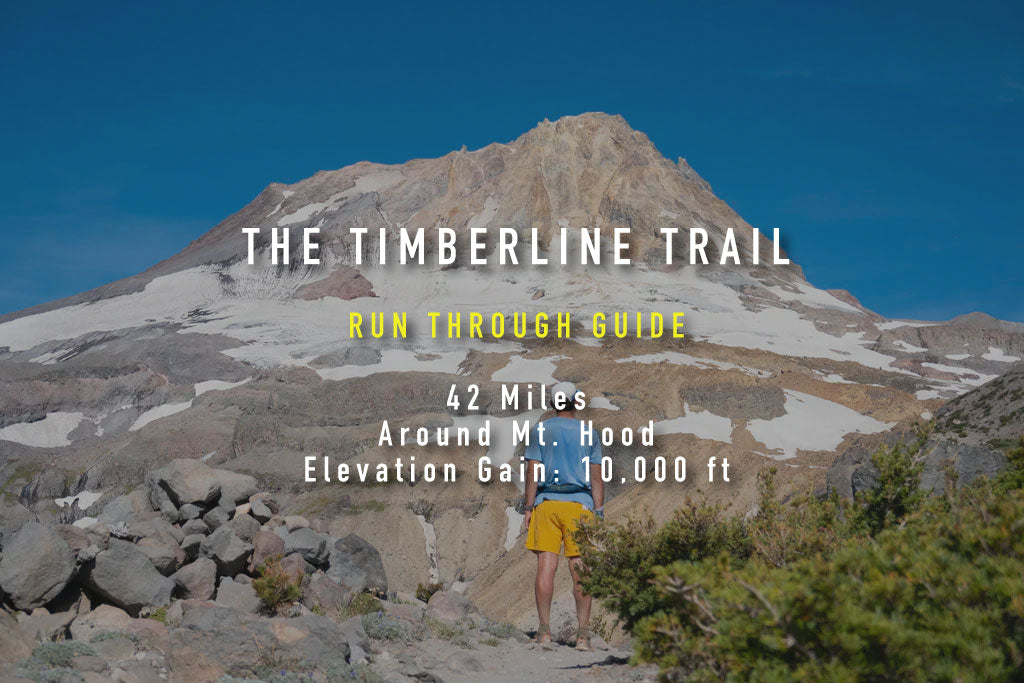Routes

Uncharted - Gales Creek
Uncharted is a challenge series from Territory Run Co for the Greater Portland area that aims to get you out exploring new areas with pre-planned routes. While each area we...
Uncharted - Gales Creek
Uncharted is a challenge series from Territory Run Co for the Greater Portland area that aims to get you out exploring new areas with pre-planned routes. While each area we...

Unhcharted - North Nasty
Uncharted is a new challenge series from Territory Run Co for the Greater Portland area that aims to get you out exploring new areas with pre-planned routes. While each area...
Unhcharted - North Nasty
Uncharted is a new challenge series from Territory Run Co for the Greater Portland area that aims to get you out exploring new areas with pre-planned routes. While each area...

Uncharted - Beacon Rock
Uncharted is a new challenge series from Territory Run Co for the Greater Portland area that aims to get you out exploring new areas with pre-planned routes. While each area...
Uncharted - Beacon Rock
Uncharted is a new challenge series from Territory Run Co for the Greater Portland area that aims to get you out exploring new areas with pre-planned routes. While each area...

Uncharted - Silver Star
Uncharted is a new challenge series from Territory Run Co for the Greater Portland area that aims to get you out exploring new areas with pre-planned routes. While each area...
Uncharted - Silver Star
Uncharted is a new challenge series from Territory Run Co for the Greater Portland area that aims to get you out exploring new areas with pre-planned routes. While each area...

Timberline Trail
By Mack Robertson Click to Download the GPX File Distance: ~42 Miles Elevation Gain: ~10,000 ft Best Time of Year: Late June - October Permits: NW Forest Pass Photos by...
Timberline Trail
By Mack Robertson Click to Download the GPX File Distance: ~42 Miles Elevation Gain: ~10,000 ft Best Time of Year: Late June - October Permits: NW Forest Pass Photos by...

Loowit Trail
Click to Download GPX File Distance: ~31 miles Elevation Gain: ~7,000 ft Best Time of Year: Late June - October Permits: NW Forest Pass The Loowit Trail around Mt St....
Loowit Trail
Click to Download GPX File Distance: ~31 miles Elevation Gain: ~7,000 ft Best Time of Year: Late June - October Permits: NW Forest Pass The Loowit Trail around Mt St....